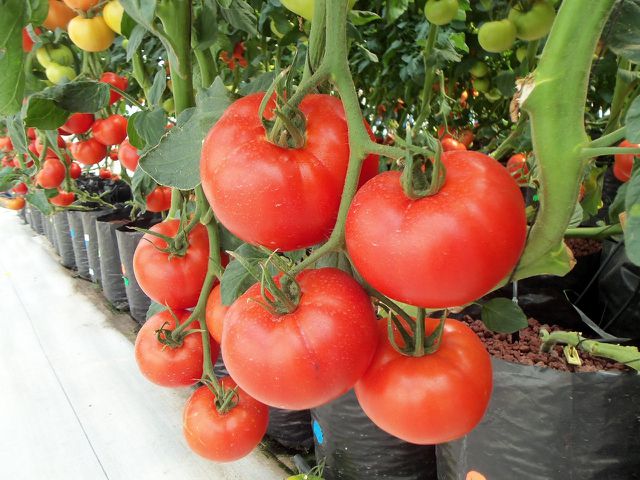Expanded clay consists of clay and is mainly used by hobby gardeners as a substrate. In this article you will read how you can use expanded clay sensibly.
Expanded clay consists of “inflated” clay (granules) and is used to make lightweight concrete. However, gardening enthusiasts use it mainly as a substrate for flowers and trees to improve soil quality. This is because plants succeed better in taking root in the substrate. They hold better between the small clay beads than in (pure) potting soil. Therefore, many gardeners use a mixture of substrate and soil.
Mode of action of expanded clay
Especially for succulents expanded clay is very popular as a substrate. This is because it protects against waterlogging at the bottom of the pot: The expanded clay holds the soil firmly so that it cannot sink to the bottom and mold there. But the material has another advantage: expanded clay itself does not store any nutrients, which is why all added nutrients go directly into the roots of the plants instead of being absorbed by the substrate. Therefore, you can easily control the nutrient content of the soil by adding water. You simply add the necessary nutrients to the water, which makes gardening much easier.
Expanded clay is produced by rotating low-calcium but iron-rich clay at temperatures of around 1,000 °C. The machines form the tiny clay particles. In the process, the machines shape the tiny clay particles into small balls. These are porous and therefore absorb water particularly well, releasing it slowly to the roots.
Properly use expanded clay in the garden

Used correctly, expanded clay can make gardening much easier:
You can use expanded clay as a substrate, especially for pots, tubs and flower boxes. Simply take medium-sized expanded clay balls and fill them into the bottom of the container. Then fill the container with potting soil. The expanded clay helps prevent waterlogging in the containers.
You can also mix expanded clay into the soil in “normal” garden soil. About five to ten percent of the volume should consist of expanded clay beads. This is particularly recommended for clay soil, as it is comparatively firm and is loosened up by the expanded clay.
For hydroponics and trees, expanded clay is also popular. In particular, palms (for example, the yucca palm) and succulents develop long water roots that find a good hold between the clay beads. This facilitates nutrient uptake through the clay. In addition, the clay cannot mold and there is less risk of pests. Another advantage is that it is structurally stable and is not decomposed by microorganisms or other natural processes. Thus, the substrate practically never needs to be replaced.
Expanded Clay: When The Substrate Is Useful

